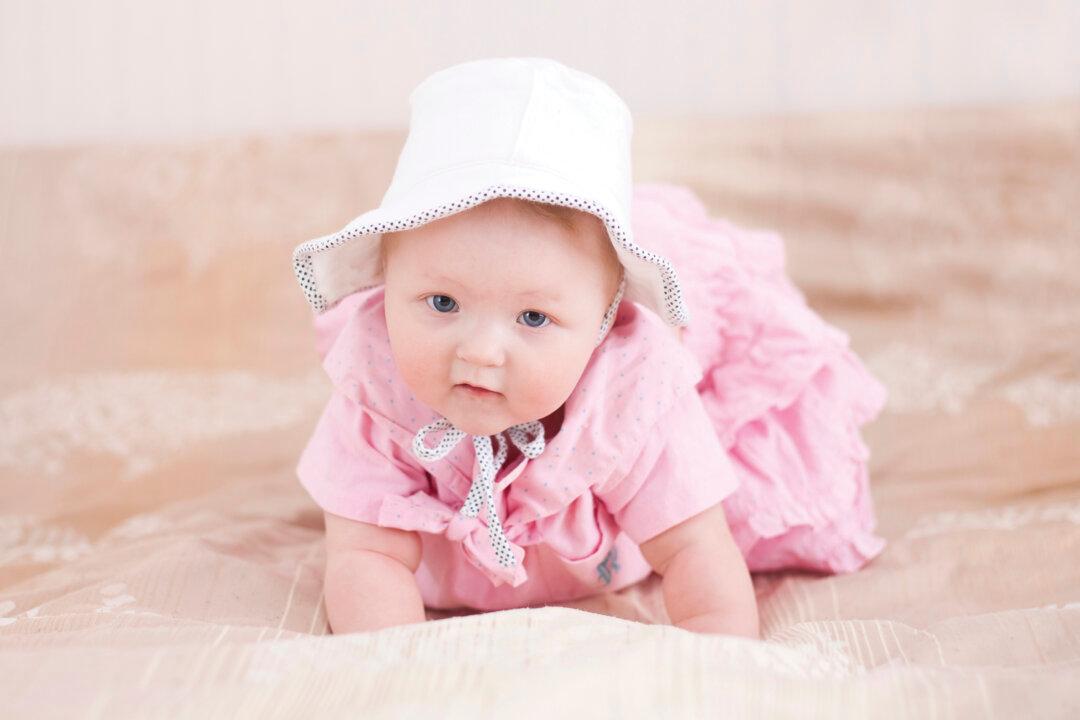Federal customs authorities have ordered the destruction of a shipment of baby clothes from China that contain excessive levels of lead, officials said on Friday.
The shipment was stopped at the U.S.-Canadian border in Lewiston, New York, near Buffalo, on March 19. After preliminary tests showed the possibility of lead contamination, the shipment of pink button-down outfits was sent for further testing.
The presence of lead was confirmed on April 24, and the outfits were ordered to be destroyed under the federal Hazardous Substance Act. The specific brand of the clothing was not indicated.





